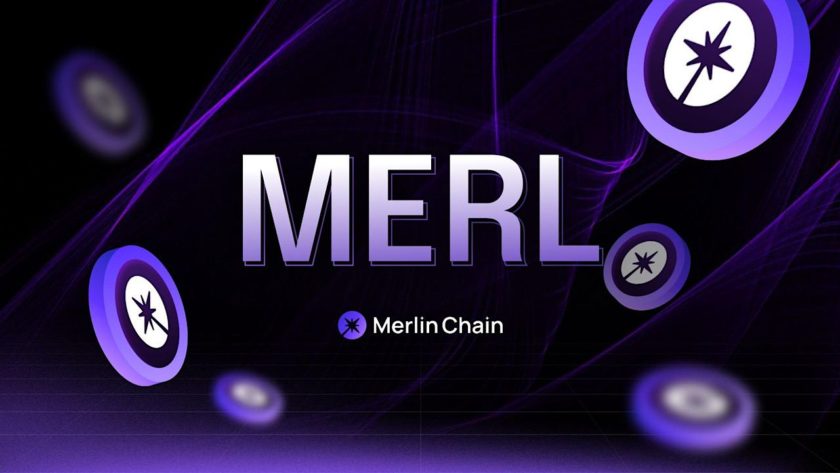Trail partners Ethereum and Ethereum Classic are soon to split ways, highlighted by the latter’s successful “Phoenix” hard fork Sunday night.
Executed at block 10,500,839 on May 31, the backwards-incompatible network upgrade makes Ethereum Classic fully compatible with Ethereum. That is, until the larger blockchain swaps its consensus algorithm in a network overhaul known as Eth 2.0 – tentatively scheduled for Q3 2020.
The hard fork represents a major departure for Ethereum Classic, which is sticking with Proof-of-Work (PoW) while its sister chain moves to Proof-of-Stake (PoS) and sharding.
In some ways, the PoS versus PoW split mirrors the foundational disagreement that led to the creation of Ethereum Classic. Competing interpretations of an infamous 2016 hack forced a contentious hard fork that splintered one developer camp into two. Since then, Ethereum Classic has largely played catch-up with Ethereum, which boasts the larger developer network.
But now, Ethereum Classic is sticking with the tried and tested, ETC Labs CEO Terry Culver said in an interview.
“We are comfortable with how [PoW] works,” he said. “Over time, we can address its challenges.”
Phoenix itself represents the third hard fork executed on Ethereum Classic in the last calendar year, preceded by Agharta and Atlantis, which also increased interoperability between the two chains. Sunday’s hard fork onboarded Ethereum Improvement Proposals (EIPs) from Ethereum’s last hard fork, Istanbul, conducted in December 2019.
Istanbul amended gas constraints, added protections against denial-of-service (DoS) attacks and created options for interoperability with equihash blockchains such as Zcash. Of those updates, Ethereum Classic developers were mainly focused on addressing various gas constraints under Ethereum Classic Improvement Proposal (ECIP) 1088.
In both Ethereum and Ethereum Classic, gas constraints are fine-tuned from time to time depending on the network’s needs. Denominated in the sub-unit “gwei,” gas is a fee paid to the network for executing a user’s transactions.
Composability
Instead of following in Ethereum’s footsteps, Ethereum Classic will now be a near neighbor.
Interchain composability, Culver said, places the ETC community into a “position to drive innovation.” To that end, ETC Labs is carrying out projects on stateless clients and decentralized storage – “universal challenges everyone is facing,” he added.
Technical updates on the existing Ethereum will continue. Called Eth 1.x, the PoW-based Ethereum chain will roll out non-contentious hard forks – including one late this summer known as “Berlin” – until it bridges with Eth 2.0. That date is years on the horizon, however. Culver said the Ethereum Classic community will likely adopt these measures as needed to retain interoperability.
Directionally, Ethereum Classic will act as a base layer within the overarching Ethereum ecosystem itself, similar to the development of modern computing, said ETC Cooperative Executive Director Bob Summerwill.
Ethereum and Ethereum Classic would live next door to one another – and therefore support similar offerings, such as enterprise blockchain tools or decentralized finance (DeFi) dapps – but ETC would offer a tested mechanism to support those applications with PoW.
“You had Unix and then you had Linux and then you had iOS and all of these different families of related operating systems and related kernels,” Summerwill said in an interview. “I think it’s likely that you’re going to have something quite similar on the Ethereum side – that you’re going to have many many Ethereum-flavored solutions compatible to varying degrees.”
In that vein, Summerwill sees the need for an alternative, or many alternatives, to Eth 2.0’s scalability solution centered on PoS and sharding, a database efficiency technique. Those who have been involved in Ethereum the longest know not to put too many “chips” in one basket, he said.
Moreover, Summerwill said most dapps will most likely want to run on a second layer of the Ethereum or Ethereum Classic blockchains. Ethereum Classic can be a home for dapps as long as it can implement scaling techniques such as ZK Rollups or Optimistic Rollups, he said.
“The base layer pattern that we know works is Proof-of-Work. You may not scale up that Layer 1 ever, but maybe that’s fine,” Summerwill said.
The leader in blockchain news, CryptoX is a media outlet that strives for the highest journalistic standards and abides by a strict set of editorial policies. CryptoX is an independent operating subsidiary of Digital Currency Group, which invests in cryptocurrencies and blockchain startups.




